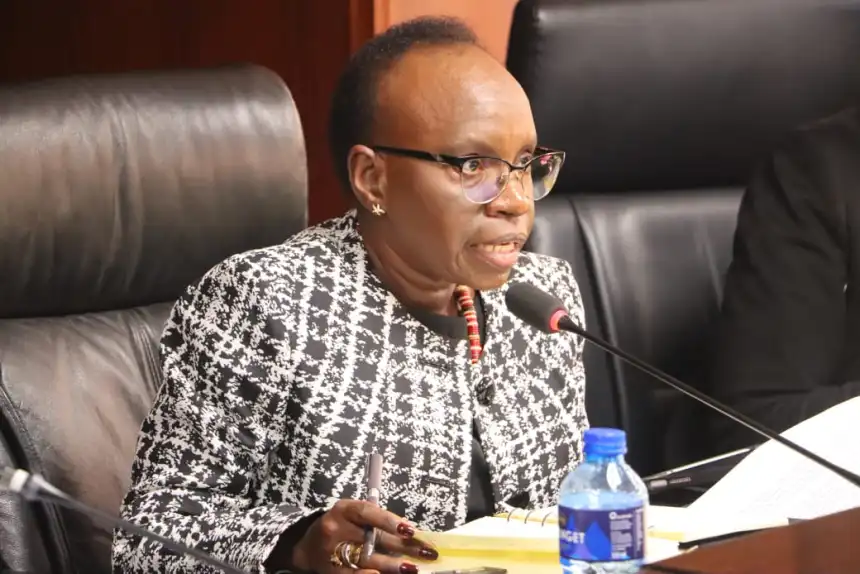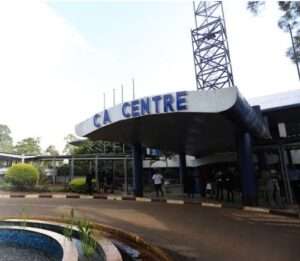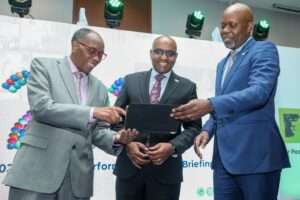
Auditor-general Nancy Gathungu. Photo | courtesy.
The Auditor General Nancy Gathungu has poked holes in the higher education funding model citing flaws that have denied deserving students the right to access the funds.
In a report, the Gathungu said some students who were ineligible received funds while the needy left out. The report noted that lack of coordination between government agencies as well as failure to integrate Kenya Universities and Colleges Placement Service (KUCCPS) is to blame for the problems being witnessed in the funding model.
“The model is not integrated with the KUCCPS system to ensure seamless tracking of students from placements in the universities to funding,” the report reads.
Some of the students who benefited from the funds did not report to institutions while others had deferred their studies. On the other hand, students who deserved the funding were left out because they had missing or duplicated details.
“There is no coordination between the other government agencies dealing with the higher education students’ support,” the report reads.
The funding model was introduced by President William Ruto in 2023. At the time the model was faced with criticism for lack of public participation. However, the government went ahead and implemented it.
ALSO READ: Lack of Pens, Materials Hurts Learners Despite Free Schooling
The Auditor-General stated that the criteria used to determine the student placement bands in the model are flawed, leading to incorrect placements. The model relies on the Means Testing Instrument (MTI) to assess students and categorize them into five bands based on their household’s financial capacity. However, the report identified discrepancies in how the MTI is applied.
“Review of the means testing instruments (MTIs) used for placing students in bands against approved MTIs revealed variances between the approved MTIs and the system-configured MTIs. In the circumstances, students’ placements resulting from the use of the unapproved MTIs were inaccurate,” Gathungu report reads.
The report further stated that many students in remote areas, as well as those with disabilities, were excluded due to a lack of awareness about the model and the application process for the funds.






